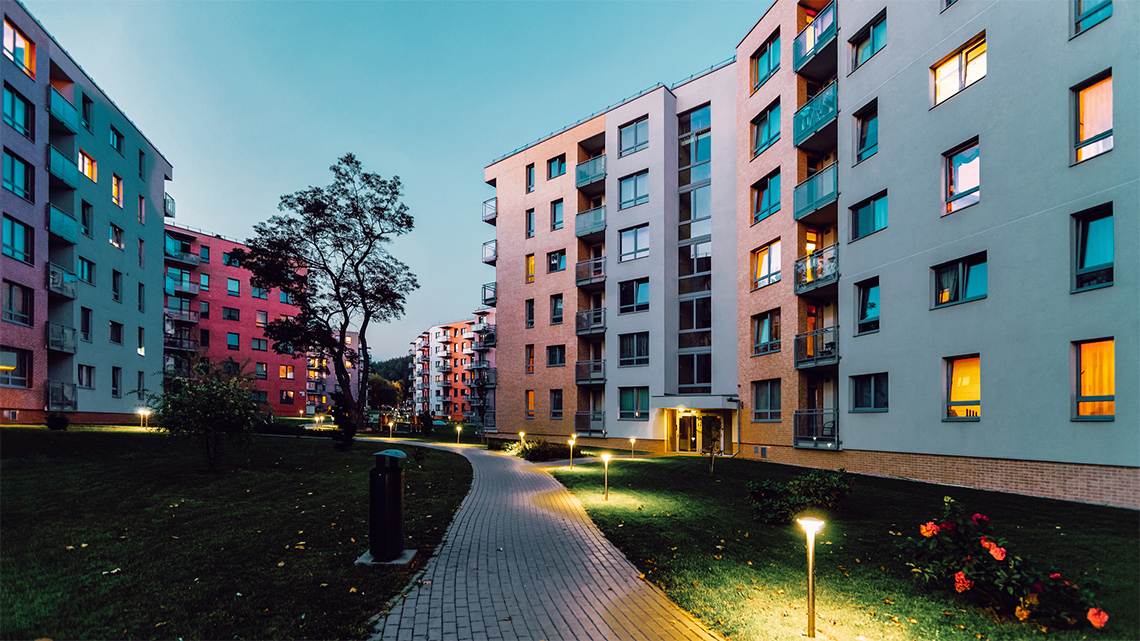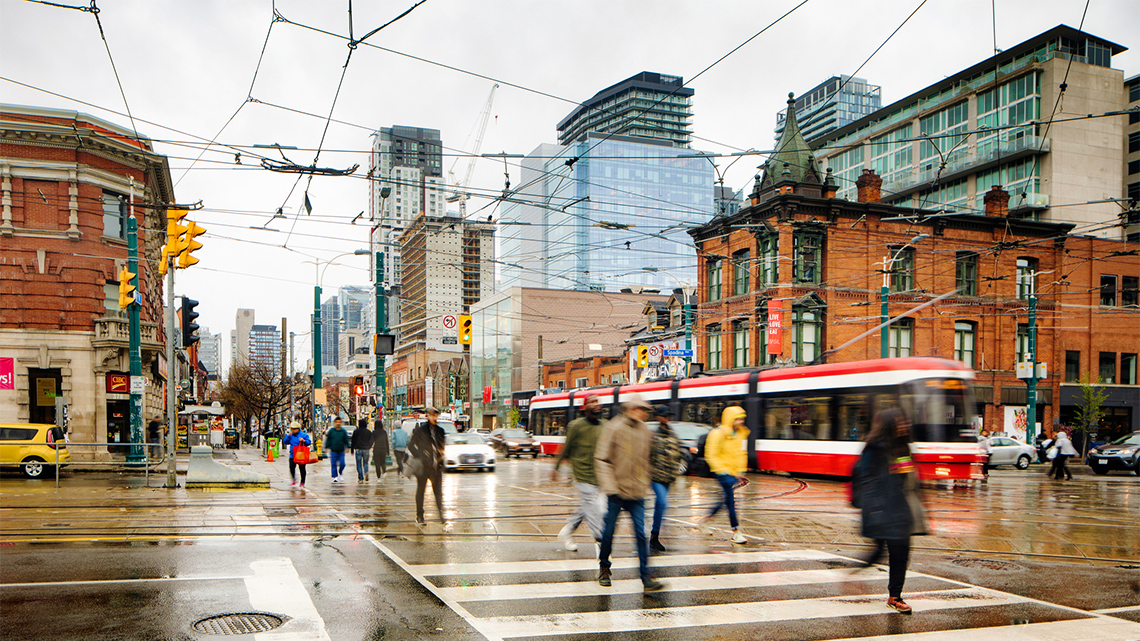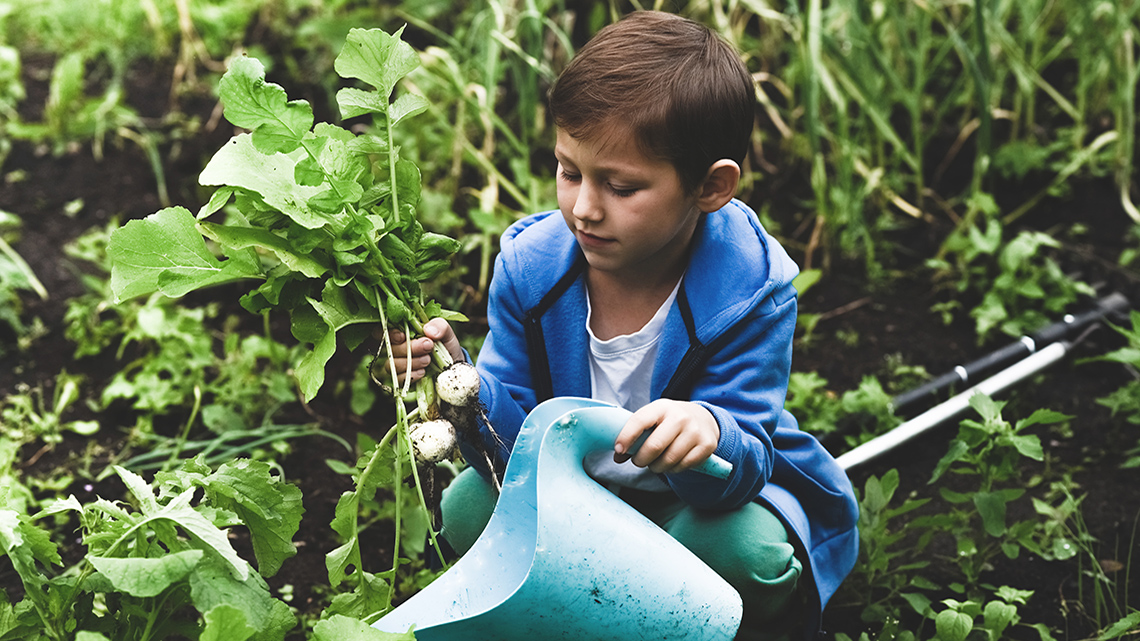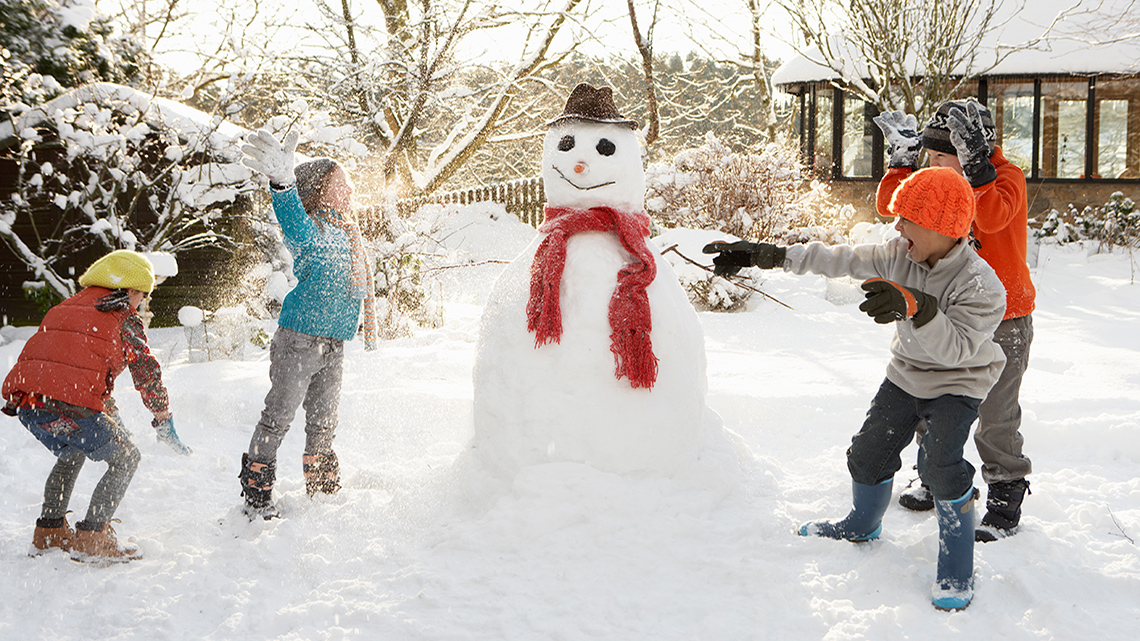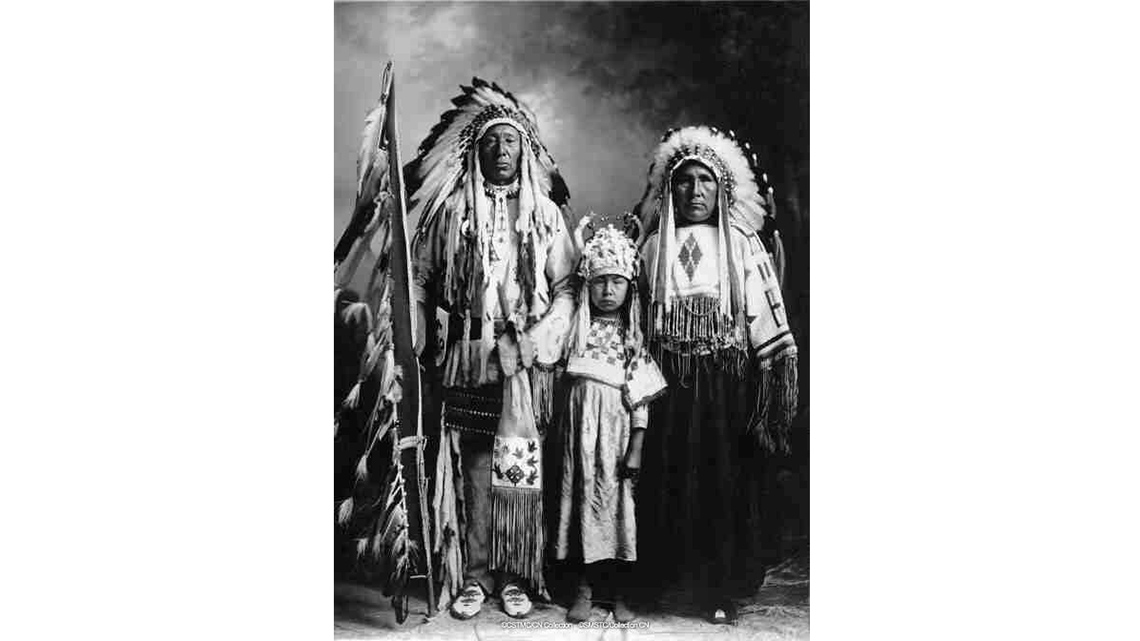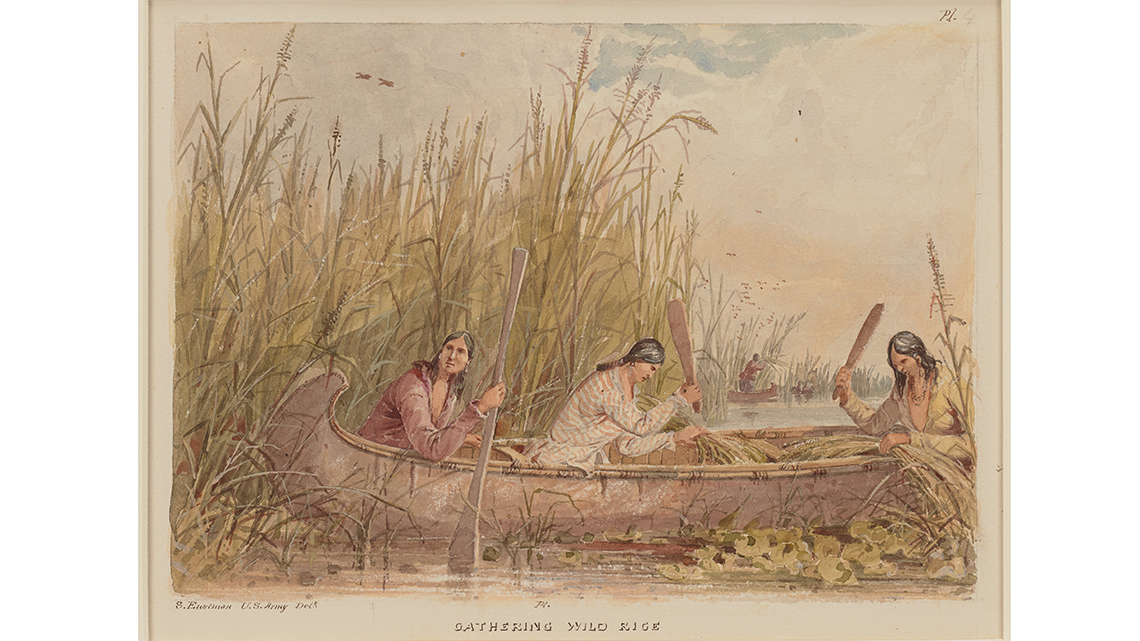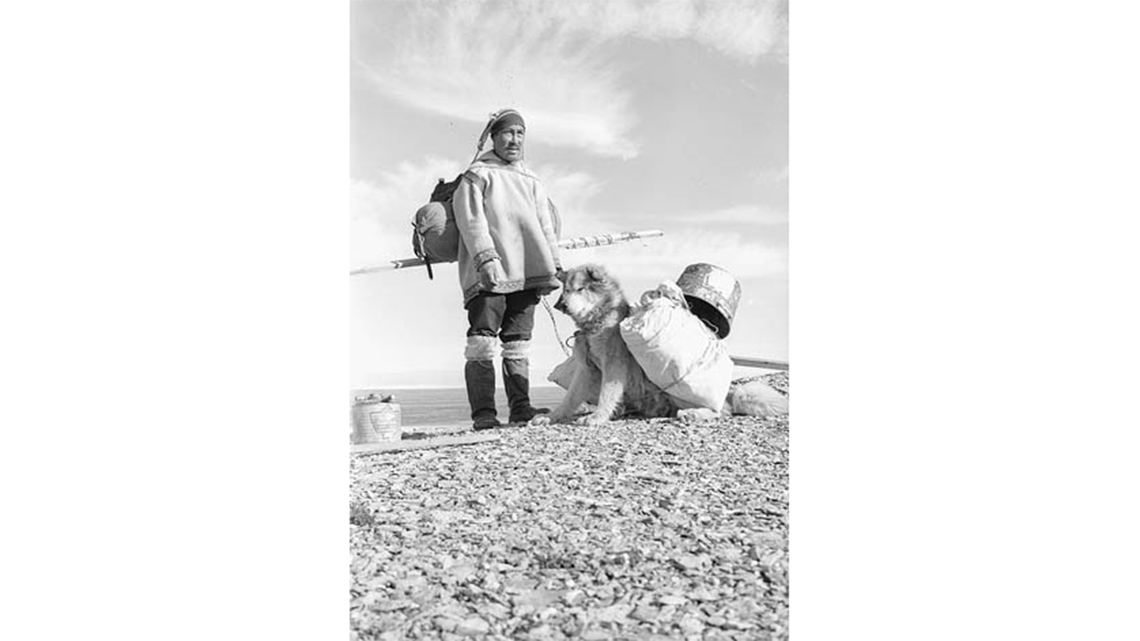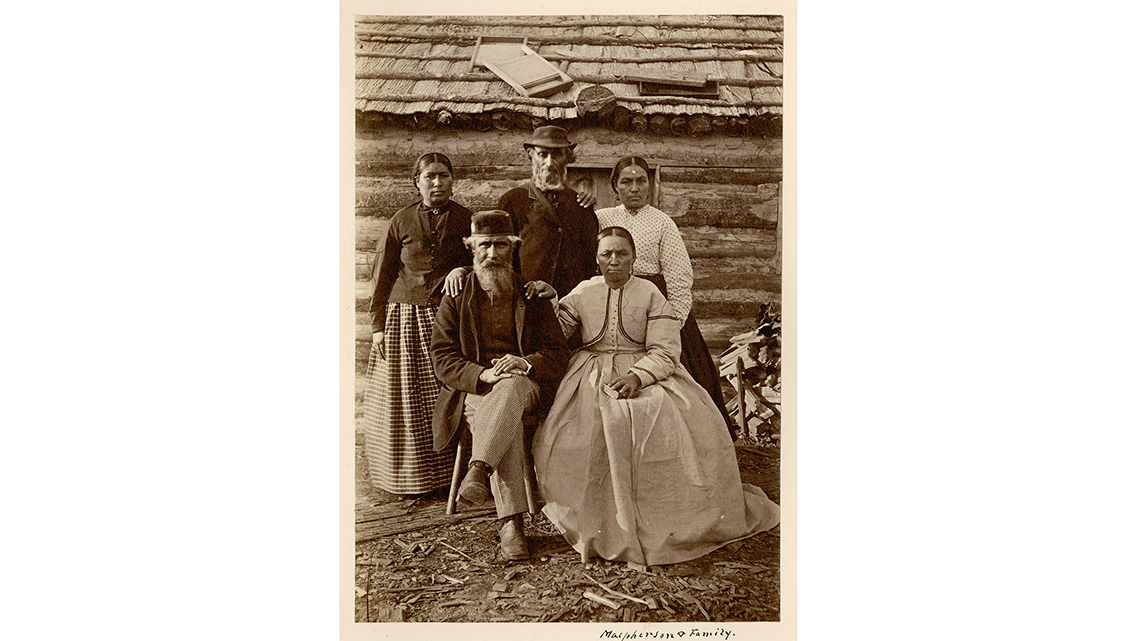Minds On
Daily life
Think about daily life around you:
- Where do people live (housing)?
- How does the environment affect people's daily lives?
- How do changing seasons affect people's daily lives?
- How do they spend their day? Work? Play?
Record some ideas about daily life in the following fillable and printable Daily Life Chart. You will only record ideas in the "Present" column for now. You can also record your ideas using the method of your choice. Use the images for inspiration.
Press the ‘Activity’ button to access the Daily Life Chart.
Do you think that your answers would be the same if you lived somewhere else? Why or why not?
What about if you lived over 100 years ago?
Record your thoughts and share with a partner, if possible.
Action
First Nation communities in the 1780s-1850s
The First Nations, Métis, and Inuit have lived on the land that we now call Canada for thousands of years.
Some of these communities lived in more permanent villages, whereas others travelled during each season to follow food sources.
Explore the following photos, artwork and descriptions that show the traditional way of life of some Indigenous communities.
As you explore the photographs and artworks, you may notice that First Nations, Inuit, and Métis peoples and their traditional way of life are not the same. This is because of differences in their environments which affected how they lived, learned, and interacted with the land for many years into the future.
The two Nations that we are going to discuss both have communities in what is now called Ontario or Quebec. For this lesson, we are going to explore the lives of both the Mississaugas of the Credit First Nation and the Huron-Wendat Nation in the 1780s–1850s and the changes that these Nations experienced.
The Mississaugas of the Credit First Nation
The Mississaugas of the Credit First Nation are part of the Ojibwe Nation, which is one of the largest Indigenous Nations in all of North America. Until the settlers came, they lived and hunted on a large territory between Manitoulin Island and Sault Ste. Marie in Ontario.
Depending on the season, the Mississaugas of Credit First Nation moved to where they could find resources, like food. Their homes, called wigwams, were built quickly from materials in the environment. They needed to be able to build them and then take them down when it was time to move.
In the winter months, their community was spread out searching for food to hunt with their extended families. The family hunted and ice fished. Families shared what they found with each other. In the spring they moved to the sugar bush to harvest the sap from maple trees and then in the summer, they would find areas where there was plenty of fish.
Three villages would come together to stay in this one area together. They also gathered vegetables and harvested wild rice by the water. This was also a time to build and repair their canoes using the bark from trees.
Use the information about the People of the Mississaugas of the Credit First Nation to complete this true/false activity.
The Huron-Wendat Nation
The Huron-Wendat Nation are a Wendat-speaking Nation. Wendat is part of the Iroquoian language family. They have lived and continue to live in the territory around the Great Lakes and St. Lawrence River. They lived in permanent villages, which means they did not travel throughout the seasons. Their houses were called longhouses, made from the bark of cedar trees in the area. Many families lived together in one longhouse.
The villages were built close to water, where there was good soil to plant vegetables such as corn, beans, and squash. They also fished on a daily basis. The People of the Huron-Wendat Nation would travel for short periods in the fall and late winter/early spring to hunt.
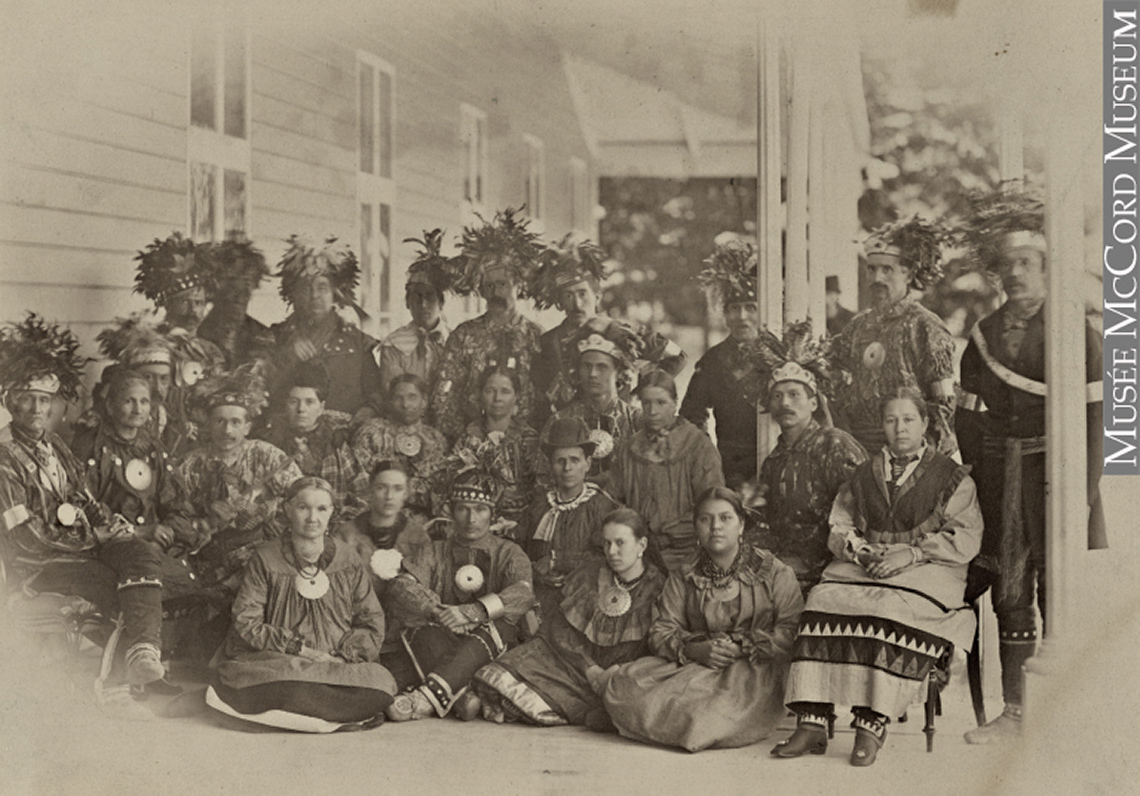
Use the information about the People of the Huron-Wendat Nation to complete this true/false activity.
Take what you have learned about these two Nations and answer the following questions.
- Where did they live?
- How did the environment affect their daily lives?
- How did the changing seasons affect their daily lives?
- How did they spend their days?
Complete the Indigenous Communities Chart in your notebook or use the following fillable and printable document.
Press the ‘Activity’ button to access the Indigenous Communities Chart.
Press ‘Answer’ to access the answers for the Indigenous Communities Chart.
| Questions | Mississaugas of Credit First Nation | The Huron-Wendat Nation |
|---|---|---|
| Where did they live? | Wigwams – able to construct and take down quickly. | Longhouses – large structures made of cedar bark, each housed many families in the village. |
| How did the environment affect their daily lives? | They travelled to different areas to find resources such as food. | They lived by the water where the soil was rich so they could plant corn, squash, beans, and catch fish. |
| How did the changing seasons affect their daily lives? | They travelled in the winter with only their extended families then came together in the summers with larger groups to fish and plant. | TThey hunted in the fall and late winter and grew vegetables when the temperature was warmer. |
| How did they spend their days? | Hunting, gathering food, building their wigwams or taking them down, fishing, and cooking. | Growing vegetables, fishing, cooking, repairing or building in their village, and hunting. |
Settler Life
People came from different countries to Canada to start a new life. These people are called settlers or European settlers because they settled on the lands now known as Canada during this time period.
Did You Know?
Did you know?
Did you know that some people use the word pioneers instead of settlers?
Explore the following video from TVOkids titled "Pioneers." In this video, we'll learn about how settlers lived during this time.
Examine the life of settlers using information from the video or from your own experiences to help you.
- Where did they live?
- How did the environment affect their daily lives?
- How did the changing seasons affect their daily lives?
- How did they spend their days?
Complete the Settler Life Chart in your notebook or use the following fillable and printable document.
Press the ‘Activity’ button to access the Settler Life Chart.
Press ‘Answer’ to access the answers for the Settlers Life Chart.
| Settler Life Chart | |
|---|---|
| Where did they live? | Wooden homes |
| How did the environment affect their daily lives? | They would cut down trees to build their homes and clear a space for their yards. They would also need access to water. |
| How did the changing seasons affect their daily lives? | In the winter they would use the fireplace to heat their homes. In summer they would plant vegetables and fruit. |
| How did they spend their days? | Both adults and children had chores to do, like collecting firewood, cooking, and collecting water. Children went to school. |
| Did anything else affect their daily lives? | Some settlers had covered wagons. Children had toys to play with when they didn’t have chores to do. |
Consolidation
Compare and contrast

You have explored the lives of people in the 1780s to 1850s in what is now called Canada. Now, take some time to reflect on how your life is similar and/or different from the lives of people in the past.
Compare parts of your daily life to
- Indigenous Peoples from a territory of your choice in the 1780s to 1850s
- settlers in the 1780s to 1850s
Once you are done your comparison, consider the following question:
What do you think is the most interesting difference between past and present life? Why?
Record using a method of your choice and if possible, share your response with a partner.
Reflection
How do you feel about what you have learned in this activity? Which of the next four sentences best matches how you are feeling about your learning? Press the button that is beside this sentence.
I feel...
Now, record your ideas about your feelings using a voice recorder, speech-to-text, or writing tool.
